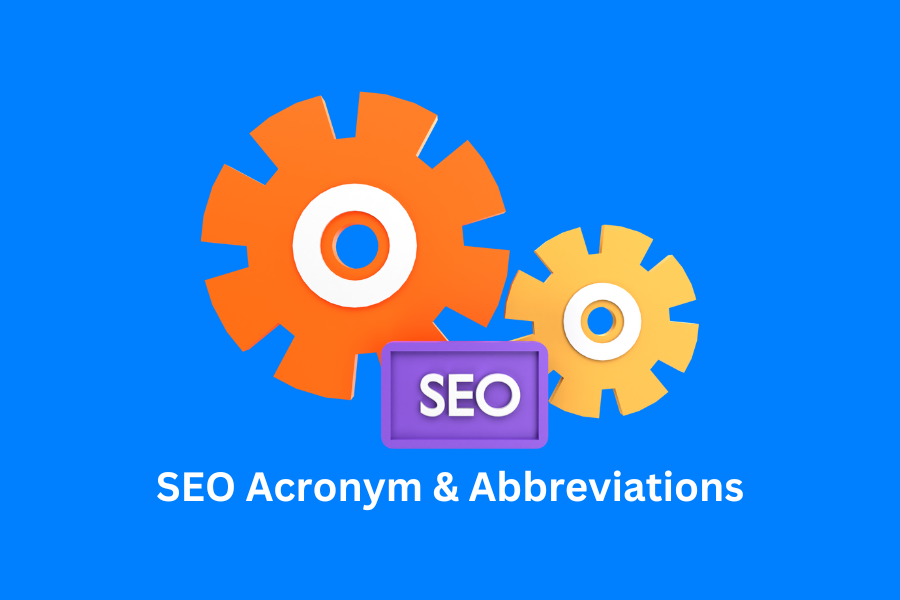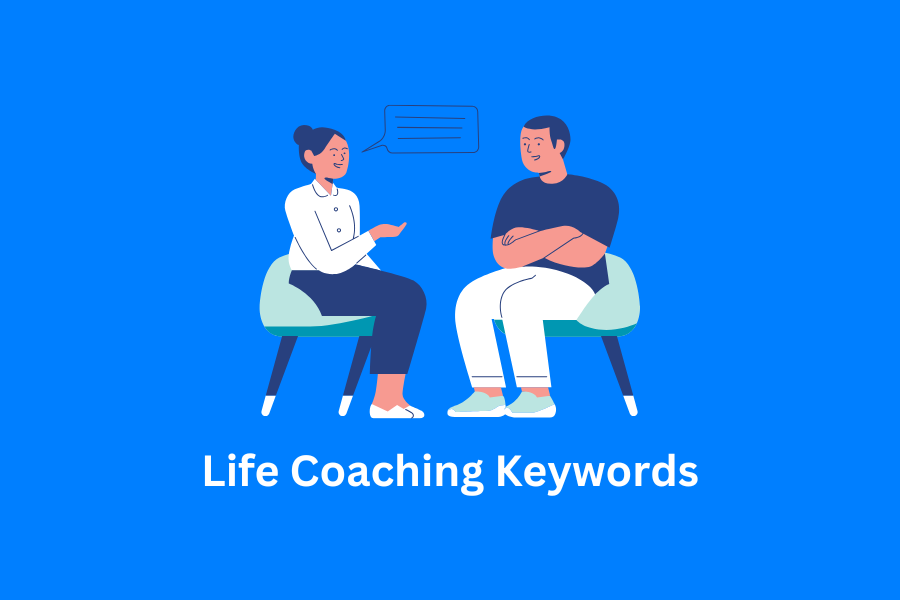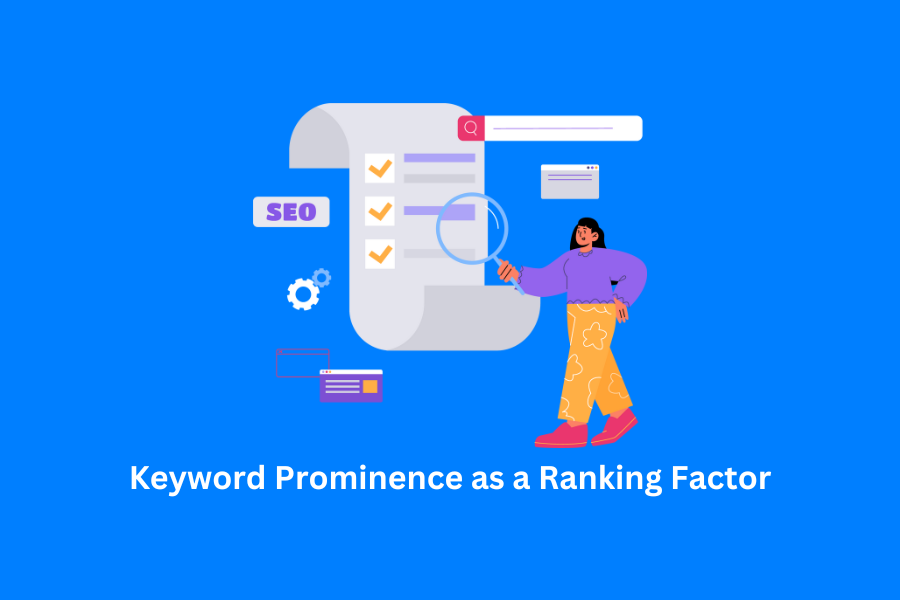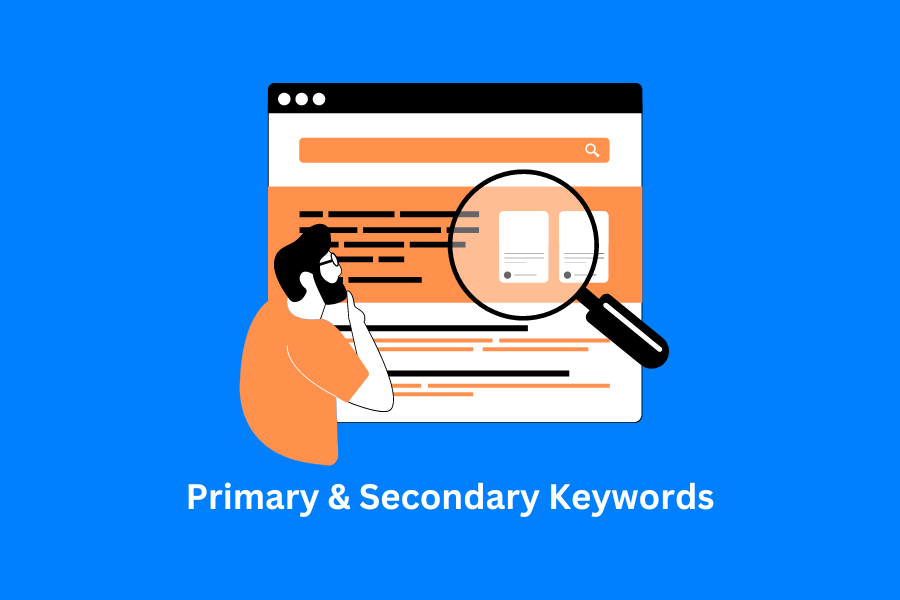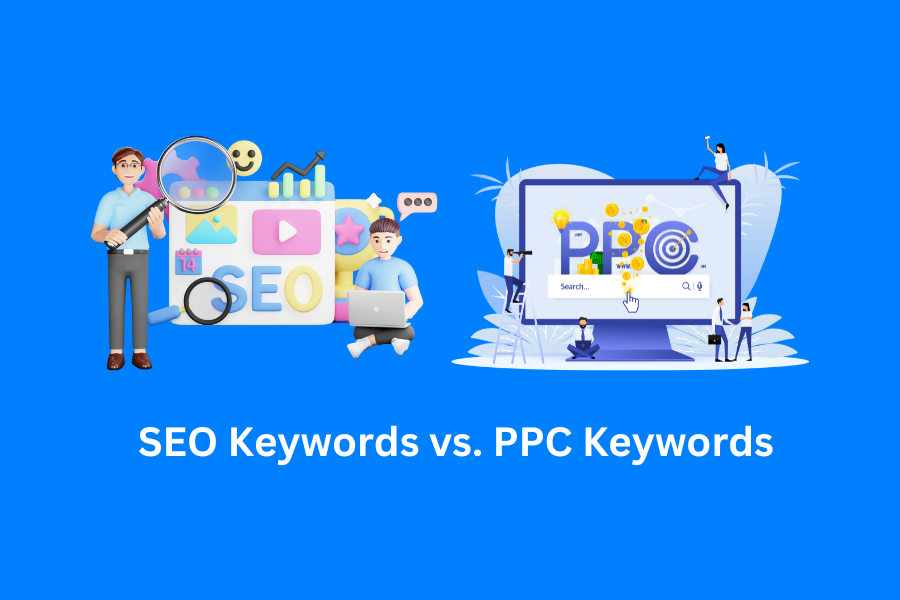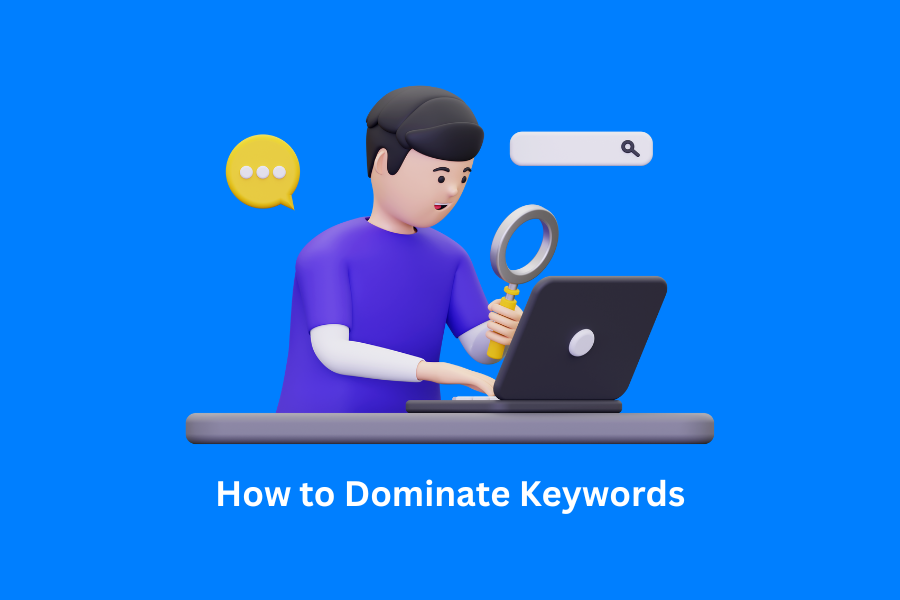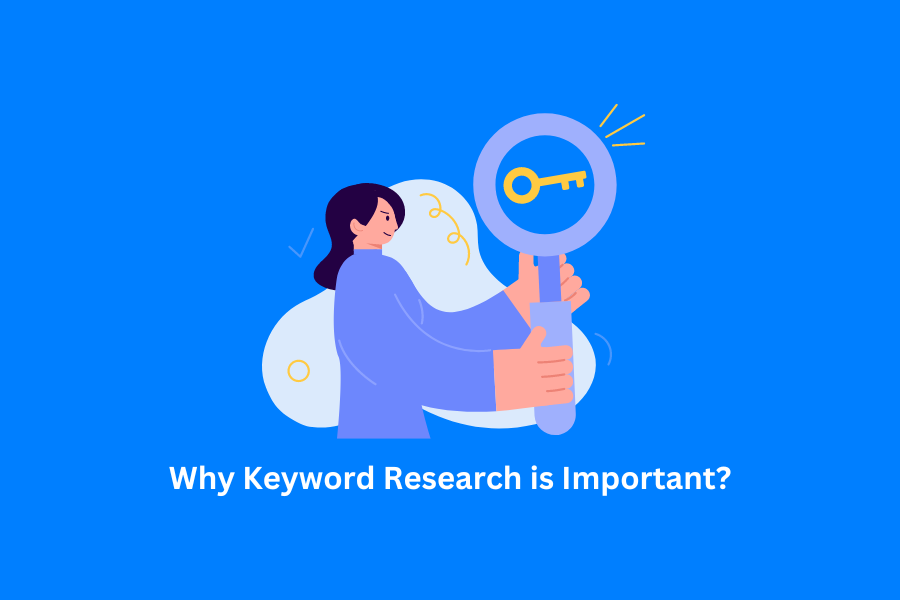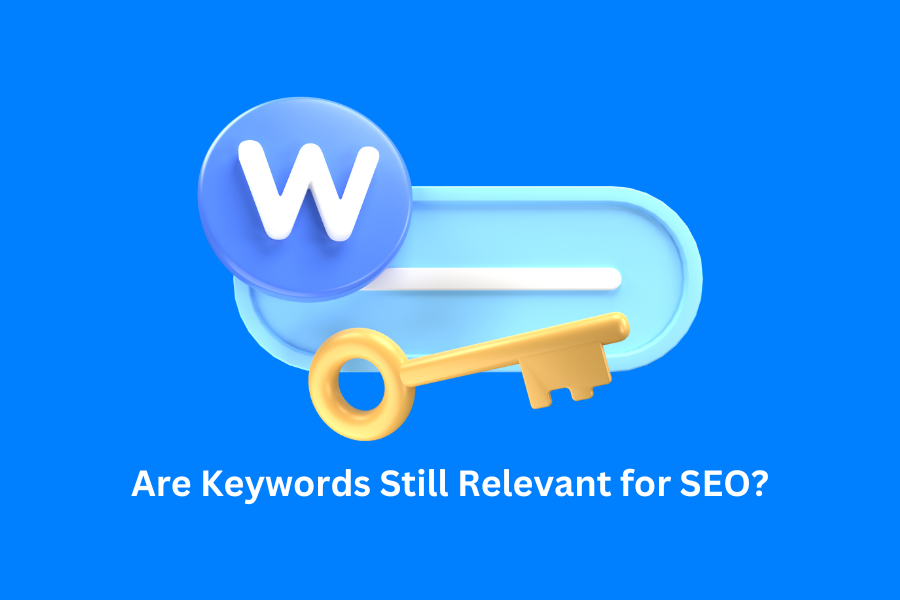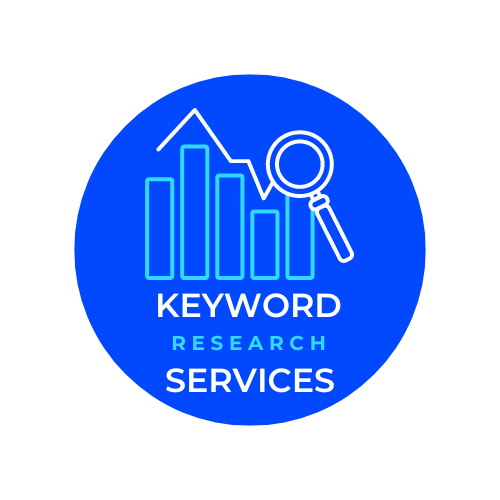Table of Contents
A
AI Overviews
AI overviews provide a general introduction to artificial intelligence, explaining its concepts, applications, and potential impact on various fields.
AI SEO
AI SEO refers to the use of artificial intelligence technologies to optimize websites for search engines, improving their visibility and ranking in search results.
All in One SEO
All in One SEO is a type of software or plugin that offers a comprehensive suite of tools for optimizing websites, including keyword research, on-page optimization, and link building.
Automated Traffic
Automated traffic refers to website visitors generated through automated processes, such as bots or software, rather than human interaction.
Affiliate Content
Affiliate content is created to promote products or services through affiliate links, allowing the creator to earn a commission for each sale made through their unique link.
Affiliate Links
Affiliate links are special URLs that track clicks and sales, enabling affiliates to earn a commission when a user makes a purchase through their link.
Above the Fold Content
Above the fold content refers to the content visible on a web page without scrolling, as it appears above the fold of a newspaper.
Affiliate Pages
Affiliate pages are dedicated web pages designed to promote specific products or services through affiliate links, often containing reviews, comparisons, or tutorials.
Authoritativeness
Authoritativeness in SEO refers to the perceived credibility and expertise of a website or its content, which can influence search engine rankings and user trust.
B
Backlinks
These are links that point to your website from other websites. They are crucial for SEO as they signal to search engines that your content is valuable and relevant.
Blog Post
A regularly updated piece of content on a website, typically covering a specific topic or niche. Blog posts can help improve SEO by generating fresh content and attracting backlinks.
Bing Webmaster
A tool provided by Bing to help website owners optimize their sites for Bing search. It offers features like sitemaps, crawl errors, and keyword research.
Blog Comments
Comments left by visitors on your blog posts. While they don’t directly impact SEO, they can encourage engagement and attract more visitors.
Bot
A software application that automatically performs tasks on the internet, often used by search engines to crawl and index websites.
Below the Fold Content
Content that appears below the visible area of a webpage when first loaded. While it may not be immediately seen, it can still be important for SEO and user experience.
Bot Traffic
Traffic to a website generated by bots, rather than human visitors. It can be beneficial or harmful, depending on the type of bot.
Business Listings
Online profiles of a business, often created on platforms like Google My Business, Yelp, or local directories. They can help improve local SEO and visibility.
Business Details/Description
Information about a business, such as its name, address, phone number, website, and a brief description of its products or services. This is essential for business listings and SEO.
Byline Dates
The date when a piece of content was written or published. This can be important for SEO, especially for news or time-sensitive content.
C
Canonical URL
A canonical URL is a specific URL chosen to represent a page to search engines, preventing duplicate content issues.
Click-Through Rate (CTR)
CTR measures how often people click on a search result link compared to the total number of people who see it.
Cloaking
A deceptive practice where a website presents different content to search engines and users, potentially leading to penalties.
Clusters
A grouping of related keywords or topics that can help improve search engine rankings and user experience.
Content Cannibalization
When multiple pages on a website compete for the same keywords, potentially confusing search engines and hurting rankings.
Content Management System (CMS)
A software application used to create, edit, manage, and publish website content.
Cost Per Click (CPC)
The amount paid for each click on a paid advertisement, typically used in online advertising platforms like Google Ads.
Common Content
Content that is shared across multiple websites or platforms, potentially leading to duplicate content issues.
Cornerstone Content
High-quality, in-depth content that serves as a foundation for a website’s topic and helps attract and engage visitors.
D
DA (Domain Authority)
DA is a metric used by Moz to measure the overall authority of a website. It’s based on a combination of factors like backlinks, inbound links, and content quality.
DR (Domain Rating)
DR is another metric by Ahrefs that estimates a website’s overall authority. It considers factors such as the number of referring domains, total referring IPs, and the quality of those backlinks.
Doorway Pages
Doorway pages are low-quality pages created solely to rank for specific keywords. They often have minimal content and redirect visitors to the main website.
Dofollow Links
Dofollow links pass link equity from one website to another. This means search engines can follow these links to discover new content and improve a website’s ranking.
Duplicate Content
Duplicate content is identical or nearly identical content appearing on multiple pages or websites. It can confuse search engines and negatively impact rankings.
Duplicate Meta Title
Duplicate meta titles are identical or similar titles used on multiple pages. This can make it difficult for search engines to understand the unique content of each page.
Duplicate Meta Descriptions
Duplicate meta descriptions are identical or similar descriptions used on multiple pages. This can lead to a poor user experience and may negatively impact click-through rates.
Domain Name
A domain name is a unique identifier for a website, such as example.com. It helps users find and remember websites.
Domain
A domain is a group of computers connected to the internet and sharing resources. It can be a single computer or a network of computers.
E
EEAT (Experience, Expertise, Authoritativeness, and Trustworthiness)
EEAT is a Google quality rating factor that assesses the quality of a website’s content. It considers the author’s experience, expertise, authority, and trustworthiness. A high EEAT score can improve search rankings.
EMD (Exact Match Domains)
EMDs are domains that match the exact keywords a user is searching for. For example, “[invalid URL removed]” is an EMD. While once favored by Google, EMDs are now less influential due to their potential for keyword stuffing and spam.
Engagement Rate
Engagement rate measures how much users interact with a piece of content. It’s calculated by dividing the number of interactions (likes, shares, comments) by the total number of impressions. A high engagement rate can signal to Google that content is valuable and relevant.
Evergreen Content
Evergreen content is content that remains relevant over time. Unlike timely topics, evergreen content doesn’t become outdated quickly. Examples include “how-to” guides, tutorials, and articles on timeless subjects.
Exit Rate
Exit rate is the percentage of users who leave a website after viewing a particular page. A high exit rate might indicate that the content on that page is not relevant or engaging, or that the user has found the information they were looking for.
F
Fake Traffic
Fake traffic is website traffic generated artificially, often through bots or automated processes. It’s used to inflate a website’s metrics but doesn’t represent genuine user engagement.
Featured Snippets
Featured snippets are highlighted sections of content that appear at the top of Google search results. They provide a concise answer to the user’s query, often including a summary, image, or list.
Follow Links
Follow links are hyperlinks that search engines can crawl and index. They allow search engines to discover new content and understand the relationships between web pages. These links are essential for improving website visibility and ranking in search results.
G
GA4
Google Analytics 4 is the latest version of Google’s analytics platform. It offers enhanced features like cross-platform tracking, machine learning-powered insights, and a focus on customer journeys.
Generative AI
Generative AI is a type of artificial intelligence that can create new content, such as text, images, or code, based on existing data. It’s used in various applications, including content creation and product design.
Google Analytics
Google Analytics is a free web analytics service that provides insights into website traffic, user behavior, and marketing campaigns. It helps businesses understand their audience and optimize their online presence.
Google Discover
Google Discover is a personalized feed that shows users articles, videos, and other content based on their interests. It appears on the Google app’s homepage and can help websites reach a wider audience.
Google My Business (GMB)
Google My Business is a free business profile on Google that helps businesses manage their online presence. It includes information like address, phone number, website, and customer reviews. It’s essential for local SEO.
Guest Posting
Guest Posting is the practice of writing articles for other websites in your industry. It’s a valuable strategy for building backlinks, increasing website authority, and reaching a new audience.
H
Header Tag
A header tag is an HTML element used to structure content on a webpage. It denotes the importance of text within the content. Header tags are typically used for titles, headings, and subheadings.
Heatmap
A heatmap is a visual representation of user activity on a webpage. It uses color gradients to show where users are clicking, hovering, and scrolling. Heatmaps help identify areas of high interest and low engagement.
Hidden Text
Hidden text is text that is not visible to users but can be detected by search engines. It is a black hat SEO technique that can be used to manipulate search engine rankings. Using hidden text can result in penalties from search engines.
Holistic SEO
Holistic SEO is a comprehensive approach to SEO that considers all aspects of a website’s optimization. It includes on-page SEO, off-page SEO, technical SEO, and user experience factors.
HTML Sitemap
An HTML sitemap is a static file that provides a structured overview of a website’s content. It lists all the important pages and their relationships. Search engines can use HTML sitemaps to crawl and index a website’s content more efficiently.
I
Impressions
The number of times your website’s content appears in search results, even if it’s not clicked on. Impressions provide a valuable measure of your website’s visibility and exposure in search engine results pages (SERPs).
Indexing Requests
The number of times you’ve specifically asked Google to add your website’s content to its search index. This can be done through various methods, such as submitting your sitemap to Google Search Console or using the Google Search Console URL Inspection tool.
Indexing
The process of Google crawling and storing your website’s content in its database, making it eligible to appear in search results. Indexing involves Google’s web crawlers, also known as spiders or bots, visiting your website’s pages and analyzing their content. The more frequently your website is crawled, the more likely it is to be indexed.
Indexed URLs
The specific web pages on your website that Google has added to its index and can potentially show in search results. The number of indexed URLs is a key indicator of your website’s overall size and accessibility to search engines.
Internal Link
A hyperlink that connects one page on your website to another, helping Google understand the structure and relationships between your pages. Internal links are essential for both user experience and SEO. They help users navigate your website easily and provide Google with valuable information about the hierarchy and relevance of your content.
Inner Pages
Any page on your website that is not the homepage. These pages typically contain more specific information or content. Inner pages can be landing pages, blog posts, product pages, or any other type of page that is not the main entry point to your website.
Index Page
Another term for the homepage of your website, which is often the main entry point for visitors. The index page is typically the most important page on your website and should be optimized for relevant keywords and user experience.
J
JavaScript Crawl
JavaScript Crawl refers to the process of search engine crawlers interpreting and understanding JavaScript code on web pages. While crawlers traditionally focused on HTML, JavaScript code can dynamically generate content or modify page structure, which can impact SEO.
JavaScript SEO
JavaScript SEO is the practice of optimizing websites that heavily rely on JavaScript for search engine visibility. It involves ensuring that search engine crawlers can correctly render and index JavaScript-generated content, as well as optimizing JavaScript code for performance and user experience.
JavaScript Rendering
JavaScript Rendering is the process of a web browser executing JavaScript code to create dynamic elements or modify the appearance of a web page. This can include loading content asynchronously, creating interactive elements, or updating page content in real-time. Effective JavaScript rendering is essential for a smooth user experience and can also impact SEO.
K
Keyword Cannibalization
This occurs when multiple pages on a website target the same or similar keywords, leading to confusion for search engines and potentially harming rankings.
Keyword Research
The process of identifying the most relevant and effective keywords that potential customers are searching for to optimize a website’s content.
Keyword Density
The number of times a specific keyword appears on a web page compared to the total number of words. While a certain density is beneficial, excessive use can lead to keyword stuffing.
Keyword Mapping
The strategy of assigning specific keywords to different pages of a website to improve search engine rankings and user experience.
Keyword Difficulty
A measure of how competitive it is to rank for a particular keyword, considering factors like the number of competing websites and their authority.
Keyword Stuffing
The unethical practice of excessively repeating keywords on a web page to manipulate search engine rankings. This can negatively impact user experience and result in penalties from search engines.
L
Landing Page
A landing page is a standalone webpage designed to capture a visitor’s attention and encourage a specific action, such as making a purchase or signing up for a newsletter.
Link Exchange
Link exchange is a practice where websites link to each other to increase their visibility and authority in search engine rankings. However, it’s often considered a black hat SEO tactic.
Link Spam
Link spam refers to the excessive or unnatural use of backlinks to manipulate search engine rankings. This practice can result in penalties from search engines.
Local SEO
Local SEO is the optimization of a website to improve its visibility in local search results, targeting customers within a specific geographic area.
Local Citations
Local citations are mentions of a business’s name, address, and phone number (NAP) across various online directories and websites. Consistent citations can help improve local search rankings.
Long-Tail Keyword
Long-tail keywords are more specific and less competitive search terms that have fewer search volume but often lead to higher conversion rates.
Local Directories
Local directories are online platforms that list businesses within a specific geographic area, providing information such as name, address, phone number, website, and reviews.
Local Based Businesses
Local based businesses are businesses that operate within a specific geographic area and cater to local customers. They often rely on local SEO strategies to attract customers.
M
Machine-Generated Traffic
Definition: Traffic that comes from automated sources like bots or scripts, rather than real human users. It can artificially inflate website metrics but doesn’t contribute to genuine engagement.
Mobile First SEO Approach
Definition: A strategy that prioritizes mobile users by ensuring a website is optimized for smaller screens and loads quickly on mobile devices. This is crucial due to the increasing number of mobile internet users.
Meta Description
Definition: A brief summary of a webpage’s content that appears in search engine results. It helps users understand what the page is about and can influence click-through rates.
Mobile Responsive
Definition: A website design that automatically adjusts its layout and content to fit different screen sizes, ensuring a seamless experience across devices.
Mobile Optimization
Definition: The process of tailoring a website’s design, content, and performance to provide an optimal experience for mobile users. This includes factors like fast loading times, easy navigation, and responsive design.
Mobile First Indexing
Definition: A Google algorithm that prioritizes indexing websites based on their mobile-friendliness. Websites that are optimized for mobile devices are more likely to rank higher in search results.
Multichannel Marketing
Definition: A strategy that utilizes multiple marketing channels (e.g., social media, email, content marketing, paid advertising) to reach and engage with target audiences.
Meta Robots
Definition: A tag that provides instructions to search engine crawlers about how to index and follow links on a webpage. It can be used to specify which pages should be indexed or blocked.
Meta Tags
Definition: HTML tags that provide metadata about a webpage, such as the title, description, and keywords. They help search engines understand the content of the page and improve its visibility in search results.
Meta No Index
Definition: A meta tag that instructs search engine crawlers to avoid indexing a specific webpage. This can be useful for preventing sensitive or low-quality content from appearing in search results.
N
NAP (Name, Address, Phone)
NAP refers to the consistent display of a business’s Name, Address, and Phone number across the web. It’s crucial for local SEO as search engines use NAP to verify a business’s physical location and credibility.
Nofollow Links
Nofollow links are hyperlinks that instruct search engines not to follow them when crawling the web. They can be used to prevent link spam or to indicate relationships without passing link equity.
Negative SEO
Negative SEO is a malicious practice aimed at harming a website’s search engine rankings. This can involve building low-quality or spammy backlinks, creating duplicate content, or engaging in other harmful tactics.
Negative Links
Negative links are low-quality or spammy backlinks that can negatively impact a website’s search engine rankings. These links often come from untrustworthy websites or spammy directories.
Negative PR
Negative PR refers to negative publicity or bad press that can damage a company’s reputation and potentially harm its online visibility. This can include negative news articles, social media backlash, or online reviews.
Not Indexed Pages
Not indexed pages are web pages that search engines have not crawled or added to their index. This can happen due to various reasons, including technical issues, lack of internal links, or poor content quality.
O
On-Page SEO
On-page SEO refers to optimizing the content and elements of your website to improve its search engine ranking. This involves factors like keyword usage, meta tags, header tags, image optimization, and internal linking.
One Page Sites
One page sites are websites with all their content on a single page, often scrolling vertically. They can be useful for simple landing pages or websites with limited content, but may have limitations for larger or more complex websites.
Organic Traffic
Organic traffic is website traffic that comes from search engine results pages (SERPs) without paid advertising. It’s a valuable source of visitors as it indicates genuine interest in your content.
Omni Channel Marketing
Omni channel marketing is a strategy that provides a seamless customer experience across all channels, including online and offline. It involves integrating marketing efforts to ensure a consistent brand message and customer journey.
P
Paid Links
Paid links are links that you purchase from other websites to improve your website’s ranking in search engine results pages (SERPs). While they can be effective, search engines penalize websites that rely heavily on paid links, so they should be used with caution.
Paid Traffic
Paid traffic is traffic that you generate through paid advertising channels like Google Ads or social media advertising. It can be a quick way to drive traffic to your website, but it can also be expensive.
Partial Match Domains
Partial match domains are domains that contain some, but not all, of the keywords you are targeting. For example, if you are targeting “best running shoes,” a partial match domain might be “[invalid URL removed].”
Page Rating
Page rating refers to the quality and relevance of a webpage, as determined by search engines. It is influenced by factors like content quality, keyword optimization, and backlinks.
PageSpeed
PageSpeed refers to how quickly a webpage loads. Fast page speeds are important for user experience and search engine rankings.
Position Zero
Position zero refers to the top spot in search engine results pages, often displayed in a featured snippet format. It can significantly increase your website’s visibility and traffic.
Programmatic SEO
Programmatic SEO is the use of software and automation to optimize your website for search engines. It can help you automate tasks like keyword research, content creation, and link building.
Q
Quality Score
Quality Score is a metric used by Google to determine the relevance and quality of an ad to a user’s search query. It’s based on factors like ad relevance, landing page experience, and click-through rate. A higher Quality Score generally leads to lower ad costs and better ad placement.
Query
A query is a search term or phrase entered into a search engine to find relevant information. For example, “best restaurants in New York” is a query. Search engines use algorithms to process queries and return the most relevant results based on factors like keyword relevance, website authority, and user intent.
R
Redirects
Redirects are links that automatically send visitors to a different URL, often used to maintain website structure and avoid broken links. They can be temporary (302) or permanent (301).
Redirect Chain
A redirect chain occurs when multiple redirects are linked together, causing visitors to be redirected through several URLs before reaching their final destination. This can slow down page loading and negatively impact user experience.
Rich Snippet
Rich snippets are enhanced search results that display additional information beyond the standard title and description, such as star ratings, product prices, or event dates. They can increase click-through rates and improve website visibility.
Robots.txt
Robots.txt is a text file that provides instructions to web crawlers about which parts of a website they should index and which they should avoid. It helps control how search engines crawl and index a website’s content.
ROI (Return on Investment)
ROI is a metric used to measure the profitability of an investment. In SEO, it calculates the return on investment by comparing the revenue or benefits generated by SEO efforts to the costs incurred.
S
Sales Funnel
A marketing model that represents the customer journey from initial awareness to purchase and beyond. It includes stages like awareness, interest, consideration, intent, evaluation, and purchase.
Schema Markup
A type of code that helps search engines understand the content of a web page better, improving its appearance in search results. It can provide rich snippets, such as star ratings or product information.
Search Engine-First Content
Content created with the primary goal of ranking well in search engine results. It often involves keyword research, optimization, and user-centric writing.
Search Engine Results Page (SERP)
The page that appears when a user searches for something on a search engine. It includes organic results, paid ads, and other features like featured snippets and knowledge graphs.
Sitelinks
Additional links that appear below a website’s main search result, providing quick access to important pages.
Site Reputation
The overall perception of a website’s quality, trustworthiness, and authority. It is influenced by factors like backlinks, user reviews, and content quality.
Site Structure
The organization and hierarchy of a website’s pages, which can impact its search engine visibility and user experience.
Sneaky Redirects
Redirects that are hidden or deceptive, often used to manipulate search engine rankings.
Spam Score
A metric used to assess the quality and spamminess of a website or backlink profile.
Spammy Links
Low-quality or irrelevant links that are often used to manipulate search engine rankings.
Scaled Content
Content that is created or expanded upon to target multiple keywords or topics.
Status Code
A three-digit number that indicates the server’s response to a web request. Common status codes include 200 (OK), 404 (Not Found), and 500 (Internal Server Error).
T
Technical SEO
Technical SEO focuses on optimizing a website’s structure, code, and technical elements to improve search engine crawlability and indexing. It involves factors like site speed, mobile-friendliness, XML sitemaps, and URL structure.
Thin Affiliation
Thin affiliation refers to a situation where a website has a large number of external links, but the content on the site is not relevant or valuable to the linked pages. This can negatively impact the site’s search engine rankings.
Thin Content
Thin content is content that is insufficient in quantity or quality to provide meaningful value to users. It may be too short, repetitive, or lacking in original information. Search engines often penalize websites with thin content.
Title Tag
The title tag is the HTML element that specifies the title of a webpage. It appears in search engine results and is crucial for attracting clicks. A well-written title tag should be concise, informative, and include relevant keywords.
Traffic
Traffic refers to the number of visitors a website receives over a given period. It is a key metric used to measure a website’s success and engagement. High traffic indicates that a website is popular and attracting a large audience.
U
UGC Links
UGC Links are backlinks that originate from user-generated content, such as comments, forum posts, or social media profiles. They can provide valuable organic backlinks but may be less reliable due to their nature.
URL Mapping
URL Mapping is the process of redirecting one URL to another, often used for restructuring URLs or handling server-side redirects. It’s crucial for maintaining search engine rankings and preventing broken links.
URL Structure
URL Structure refers to the organization and formatting of URLs. A clean and descriptive URL structure can improve user experience and search engine visibility. It’s recommended to use keywords and relevant information within URLs.
User-Generated Spam
User-Generated Spam is spam content created by users, often appearing in comments, forums, or social media. It can harm a website’s reputation and search engine rankings. Effective moderation and spam filtering are essential to combat this issue.
User Experience (UX)
User Experience (UX) is the overall experience a user has while interacting with a website or application. It encompasses factors like usability, accessibility, and visual design. A positive UX can improve user satisfaction, engagement, and search engine rankings.
V
Viral Content
Viral content is content that quickly spreads and gains widespread popularity online, often due to its shareability, emotional appeal, or novelty. It can be a video, article, meme, or any other type of content that becomes a sensation.
Video SEO
Video SEO is the practice of optimizing videos to improve their search engine ranking and visibility. This involves factors like using relevant keywords in titles, descriptions, and tags, ensuring high-quality video production, and promoting the video on social media.
Voice Search SEO
Voice search SEO is the optimization of content to be easily found by voice search queries. It involves using natural language and conversational keywords, answering questions directly, and providing concise and informative content.
W
Webmaster Tools
Webmaster Tools are a suite of free tools offered by search engines like Google and Bing. They help website owners monitor their site’s performance, identify technical issues, and submit sitemaps to improve search engine visibility.
White Label SEO
White Label SEO is a service provided by one company to another, where the first company offers SEO services under the second company’s brand. This allows the second company to offer SEO to its clients without having to build an in-house SEO team.
White Hat SEO
White Hat SEO refers to SEO practices that adhere to search engine guidelines and focus on providing value to users. It involves optimizing content, technical aspects, and backlinks ethically to improve a website’s ranking in search results.
Website SEO
Website SEO is the process of optimizing a website to improve its visibility and ranking in search engine results pages (SERPs). It involves various techniques, such as keyword research, on-page optimization, link building, and technical SEO, to attract organic traffic to the website.
X
XML Sitemap
A file that provides an overview of a website’s pages and their structure to search engines. It helps them understand the site’s organization and crawl it more efficiently.
XML Structured Data
Data that is marked up in a specific format (like JSON-LD, Microdata, or RDFa) to give search engines a clear understanding of the content on a webpage. This helps search engines display more informative and visually appealing search results, such as rich snippets.
Y
Yandex
Yandex is a popular Russian search engine that dominates the search market in Russia and other Eastern European countries. It offers similar features to Google, such as web search, email, maps, and more.
Yandex Webmaster
Yandex Webmaster is a free tool provided by Yandex to help website owners optimize their sites for search engines. It offers features like sitemap submission, search query analysis, and troubleshooting tools.
Yoast
Yoast is a popular WordPress plugin that helps website owners improve their SEO. It provides features like on-page optimization suggestions, keyword analysis, and social media sharing options.
Z
Zero-click search
Zero-click search is when a user searches for something on a search engine and finds the answer they’re looking for directly on the search results page without clicking on any links. This could be through featured snippets, knowledge graphs, or other directly displayed information.
